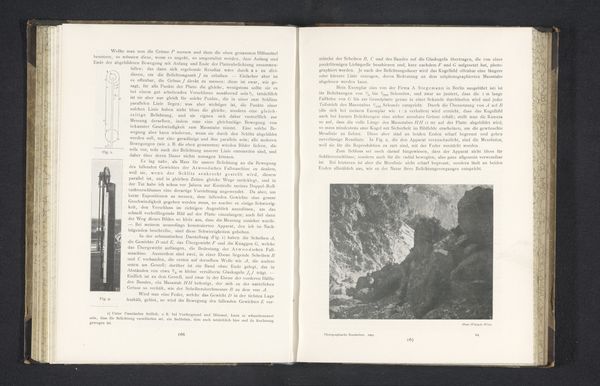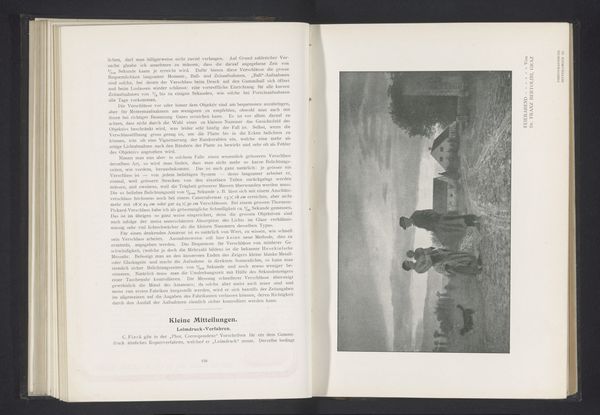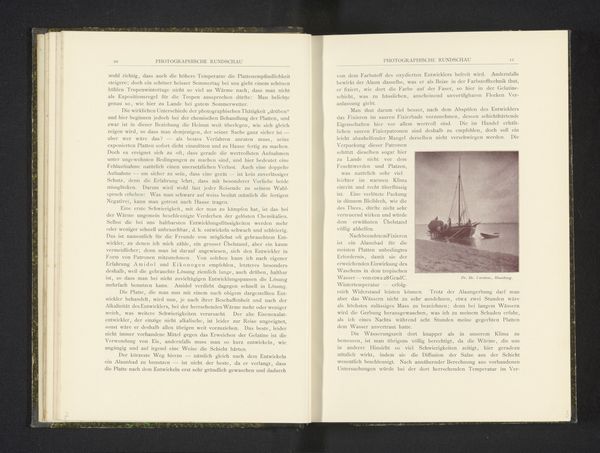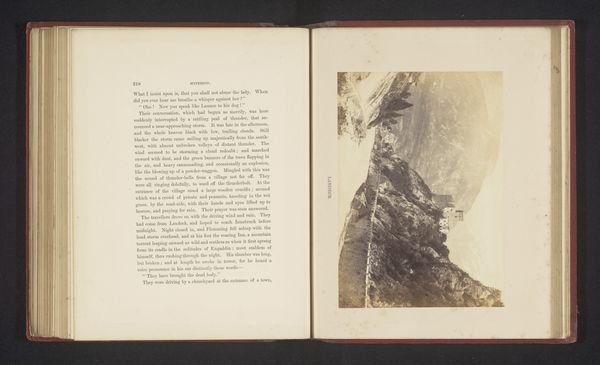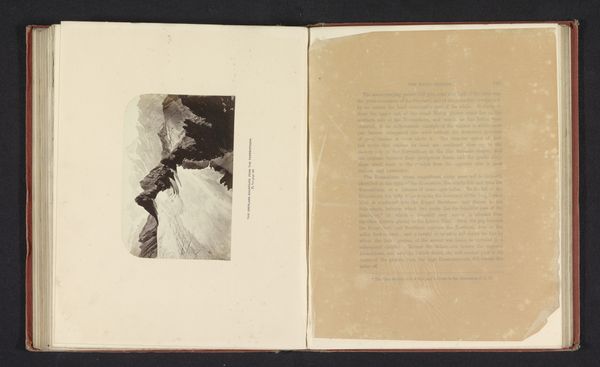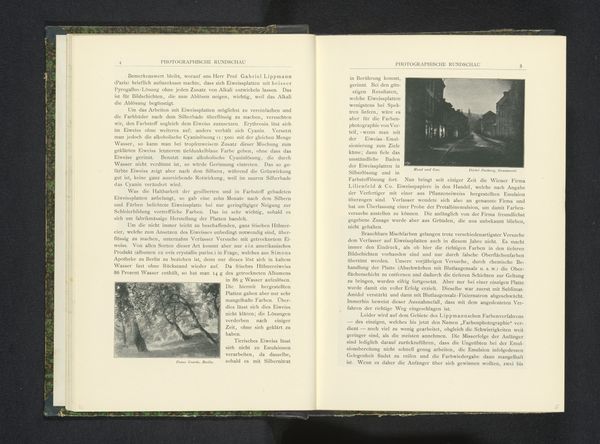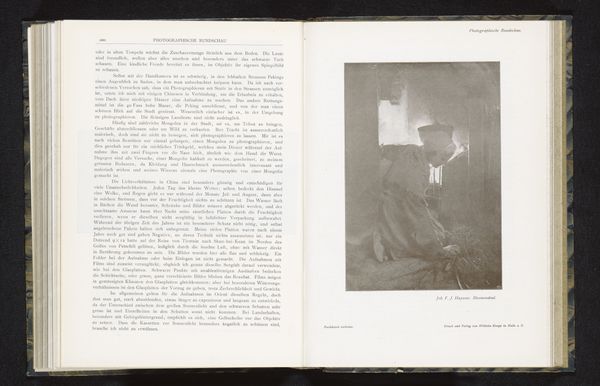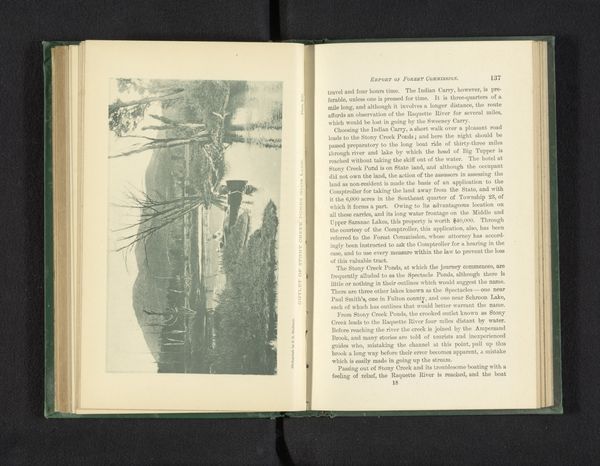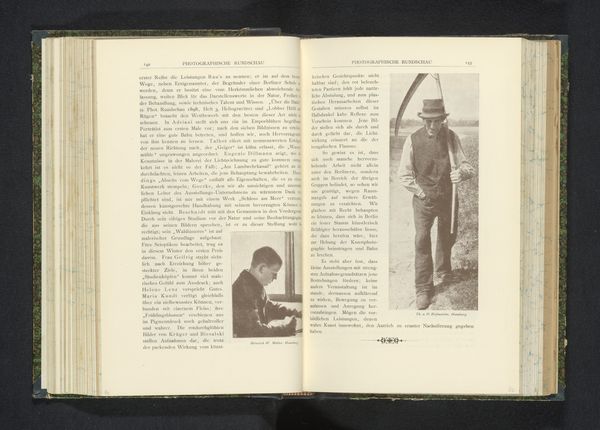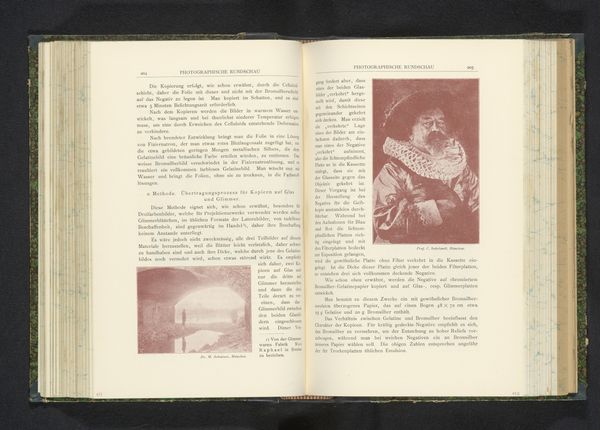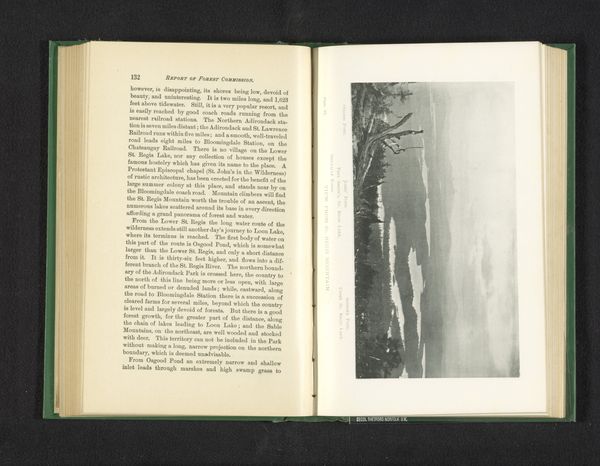
print, photography, gelatin-silver-print
#
portrait
#
still-life-photography
# print
#
photography
#
gelatin-silver-print
Dimensions: height 105 mm, width 144 mm
Copyright: Rijks Museum: Open Domain
Editor: Here we have a gelatin-silver print entitled "Portret van een onbekend meisje," or "Portrait of an Unknown Girl," dating to before 1900. It has a very soft, almost dreamlike quality. What can you tell me about this image, and how you interpret it in the context of its time? Curator: Looking at this image through a historical lens, I'm immediately struck by the mystery of the subject. "Unknown Girl"—it points to a fascinating tension in portraiture. The act of portraying someone was often reserved for those with a certain social standing or significance. Who decides who gets remembered, and why? Editor: That's a great point! Was photography itself changing social dynamics? Curator: Absolutely. Photography offered a seemingly democratic means of representation, even if access was not equally distributed. Consider the burgeoning middle class; were portraits such as these a way to emulate aristocratic traditions? And who produced these images and where? It all connects. Editor: So you're saying the subject's anonymity actually raises interesting questions about class, access, and even the democratization of art? Curator: Precisely. What narratives are being told or suppressed through the choices around who and how someone is depicted? This seemingly simple portrait prompts complex questions about the societal structures and power dynamics at play during that era. What do you make of the composition itself? Editor: I think it’s an example of how what seems like just an image can open up a window into broader cultural conversations and the role that art can play. It is less about what is depicted, but rather why the piece even exists. Curator: Yes, it provides ways to discuss access, representation, and social standing and invites critical examination of what we value as a society, both then and now.
Comments
No comments
Be the first to comment and join the conversation on the ultimate creative platform.
